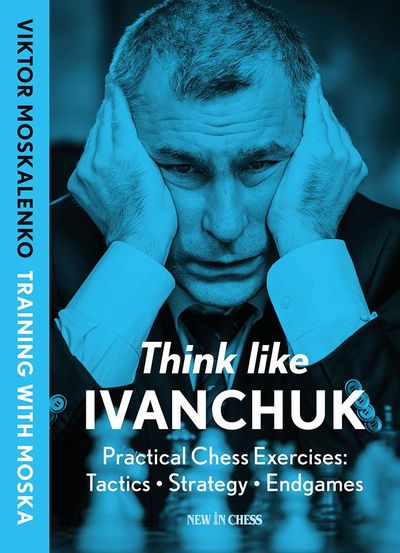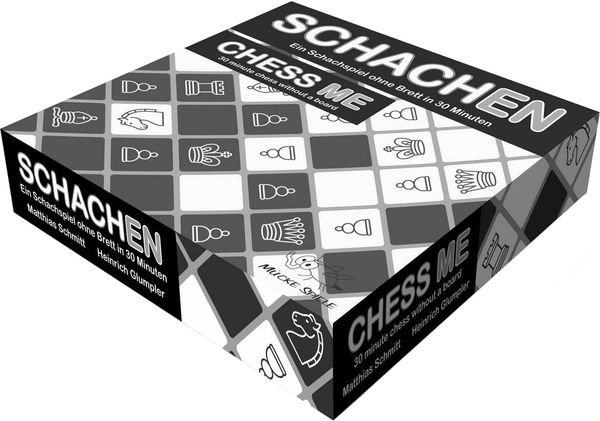I am a huge fan of the science of life optimization, in ‘maxing out’ whatever I can achieve in every aspect of life to which I turn my attention. Because of that, the book that you have in your hands is constructed in a very specific manner. Here are a few principles that I followed while writing it in order to make sure that you profit from it the most:
1. Original content: One specific difficulty related to studying chess as a whole is the lack of high-quality material on the market. There are, in fact, some very good publishing houses out there but if you are serious about chess you will soon notice the limited number of books that have actually enriched you as a player. What is even worse, after a while you will notice that examples tend endlessly to repeat themselves. For some strange reason, many authors seem to love repeating games from the past, despite them having been commented on in other sources numerous times before. Another typical ‘sin’ of chess-authors is to give their workbook a concrete title (e.g., ‘Prophylaxis’), when perhaps only 25% of their material is strictly relevant to their topic. They offer valuable training material, but the remaining 75% function merely as padding. Additionally, even today many examples cited in books are not checked with engines, which means that they are objectively incorrect or feature two or three alternative solutions. Given all of this, you might sometimes feel demotivated before even starting.
Why anyone would produce books like that beats me. But I do know that working with such books is not going to profit you as much as analyzing original, well-annotated content. Hence, I decided that this book is going to be different. The 90 games selected for this book have been cherry-picked out of thousands, without resorting to other books or commentaries available online. Most of them come from the years 2018-2019; only a handful are slightly older. Simply put what you are getting here is value for what you paid.
2. Three levels of difficulty: This book is aimed to benefit a very wide chess audience starting from 1600 upwards. The first part, titled ‘What every Russian schoolboy solves’ is aimed at players rated 1600-1900. It also includes the highest number of motifs considered ‘typical’ in modern chess-literature. The second part (‘Enter at your own risk: Puzzles may bite’) is designed for 1900-2200 players. They are, therefore, more complex in nature. The third and last section is titled ‘Grandmasters wept solving these’... and there is a reason for this. The only thing I can say about them without spoiling the fun is that they require the highest level of abstract thinking to be solved.
Although I did my best to sort these games in an order based on their complexity, this division remains very subjective. Some of the exercises from the first part are not necessarily much easier than the ones designed for more experienced players. At the same time aspiring amateurs stand a chance at solving the entirety of the puzzles in every chapter. That said, some of the finer points here and there will likely remain harder to grasp. Knowledge is surely going to help you out sometimes, but because the majority of examples are, in a certain sense, innovative, what will matter most if how good a chess-thinker you are.
3. Mixed exercises with no hints: To further advance your learning curve I decided that the puzzles should not be sorted according to themes. They are only sorted according to difficulty. In my view offering a hint about the topic of a given exercise will bias the person solving them, and in so doing neutralize the learning effect. As a result, you will not know beforehand what the given exercise is all about and which of the skills mentioned above will be useful in solving it. It follows that training with this book will resemble a practical game as much as possible. The solutions, however, will not only indicate the underlying idea behind each puzzle, but will also elaborate in detail upon both the suggested continuation and, very often, on additional problems of practical value that could also be meaningful in the given case.
4. Focus on what remained behind the scenes: The average playing strength of the chess populace may, indeed, be rising globally. But it has still been an arduous task to find suitable training material. The book that you are holding represents the result of approximately 400 hours of hard work with a quarter of these hours dedicated exclusively to the selection of games. It became apparent at the beginning of the process that full games, as played even by strong grandmasters, are marred by bad mistakes, and therefore seldom represent solid training material. Although some model games played at the board are still going to be included, the vast majority of the examples in this book start only the moment one of the players missed a great resource. There will be a particular focus on explaining what went wrong and how this mistake could have been avoided or the play improved upon. As most of the games constitute high-profile encounters, every puzzle you solve is simultaneously going to mean that you did better than a strong grandmaster!
 Excerpt
Excerpt


